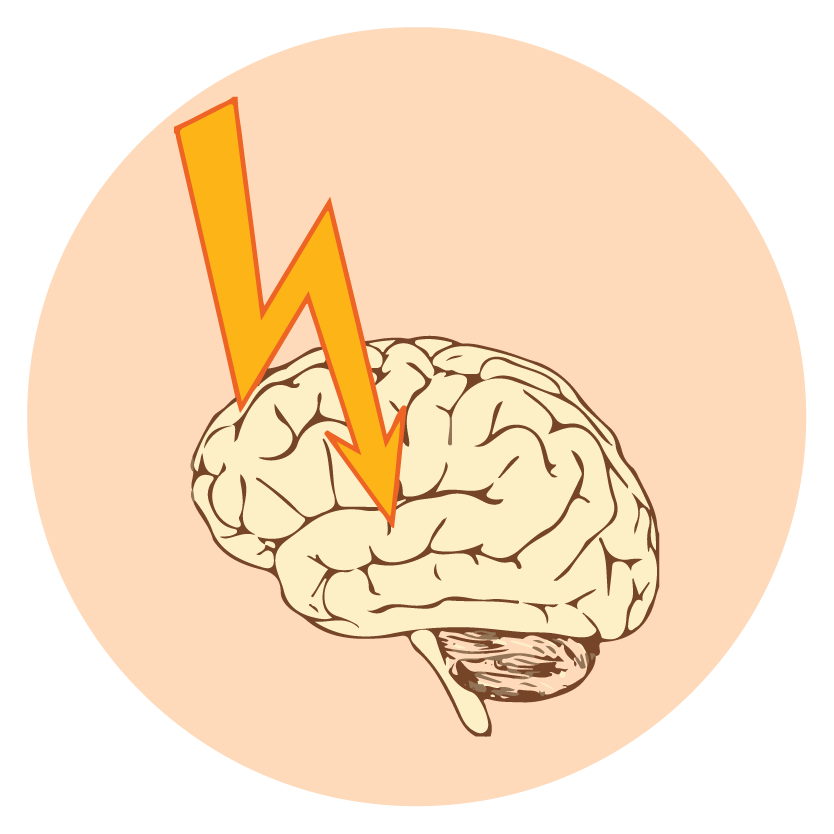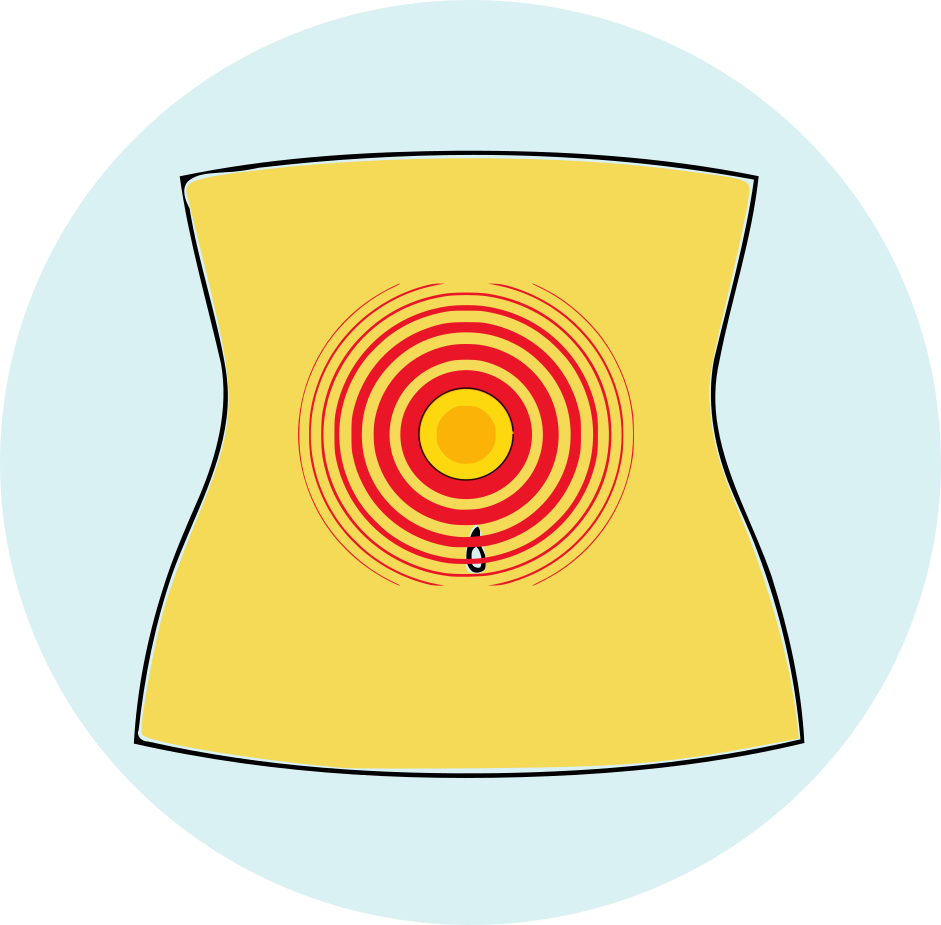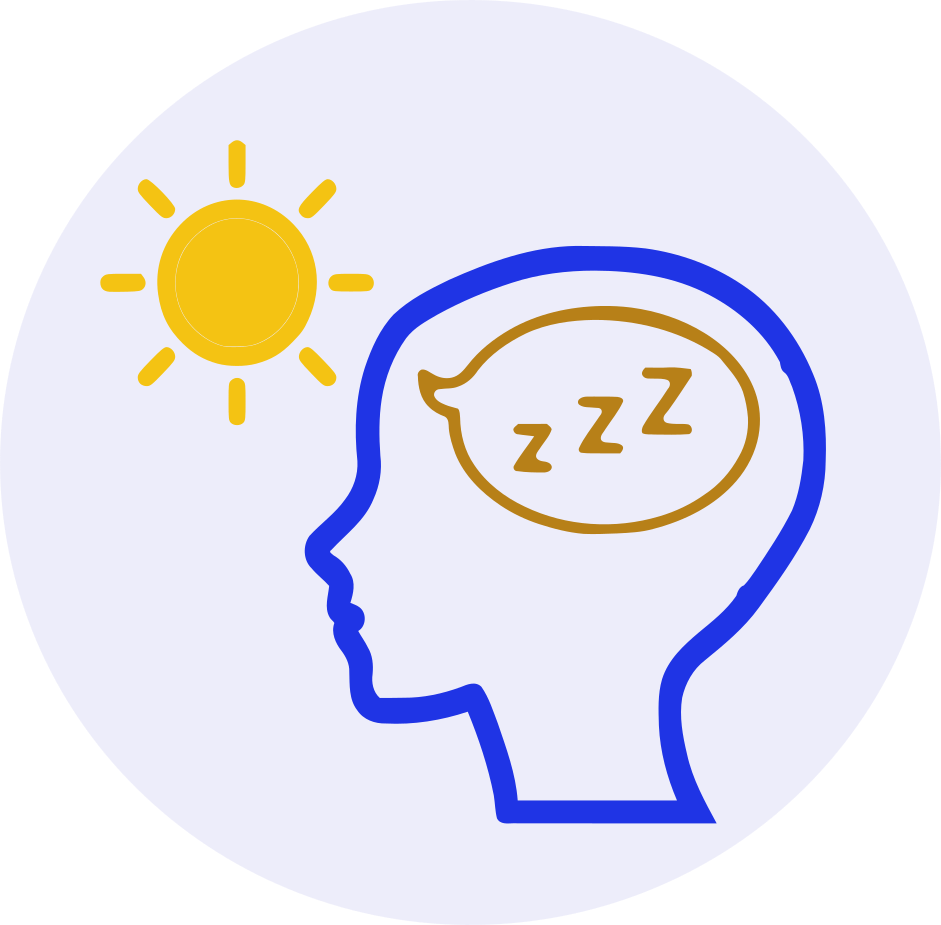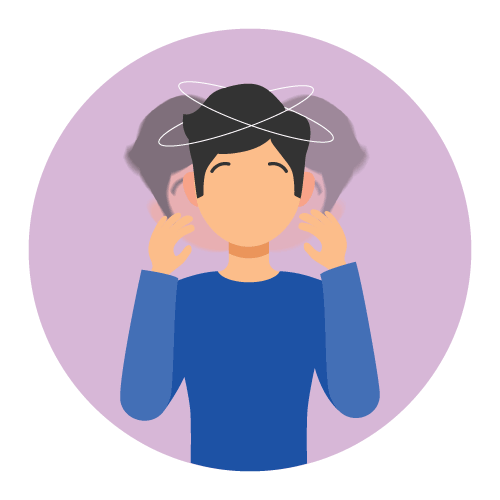| Name | Ethosuximide |
| Classes |
Central Nervous System Agent Anticonvulsant / Antiepileptic Agent Psychotherapeutic Agent |
| Diseases |
CNS Disorder Seizure |
Ethosuximide
Ethosuximide belongs to the class of anti-epileptic drugs. Ethosuximide primarily works by suppressing the abnormal electrical activity in the brain associated with absence seizures. It specifically blocks T-type calcium channels in thalamic neurons.
Ethosuximide is indicated for the control of absence (petit mal) seizures.
- The initial dose for pediatric patients (age 3 and older) is usually 250 mg once daily. The dose may be increased by 250 mg every few days until a therapeutic response is achieved.
- The usual maintenance dose ranges from 500 mg to 1.5 grams daily, divided into two or three doses.
Side effects associated with ethosuximide include-
- Common:
- Gastrointestinal: Nausea, vomiting, abdominal pain.
- Central Nervous System: Drowsiness, headache, dizziness, lethargy.
- Psychiatric: Emotional disturbances.
- Myopia
- Less Common:
- Blood Dyscrasias: Agranulocytosis, aplastic anemia.
- Skin: Urticaria, Stevens-Johnson syndrome.
- Blood Dyscrasias: Periodic blood counts are recommended due to the potential for hematologic reactions.
- Hepatic Function: Ethosuximide should be used with caution in patients with hepatic impairment.
- Suicidal Thoughts and Behavior: Anti-epileptic drugs, including ethosuximide, may increase the risk of suicidal thoughts and behavior. Patients should be monitored for such changes.
- Hypersensitivity Reactions: If signs of hypersensitivity reactions occur, ethosuximide should be discontinued.
- Systemic Lupus Erythematosus: Cases of systemic lupus erythematosus have been reported with the use of ethosuximide. The physician should be alert to this possibility.
Contraindication
Ethosuximide is contraindicated in patients with a known hypersensitivity to the drug.
None known.
None known.
 Bangla
Bangla English
English



